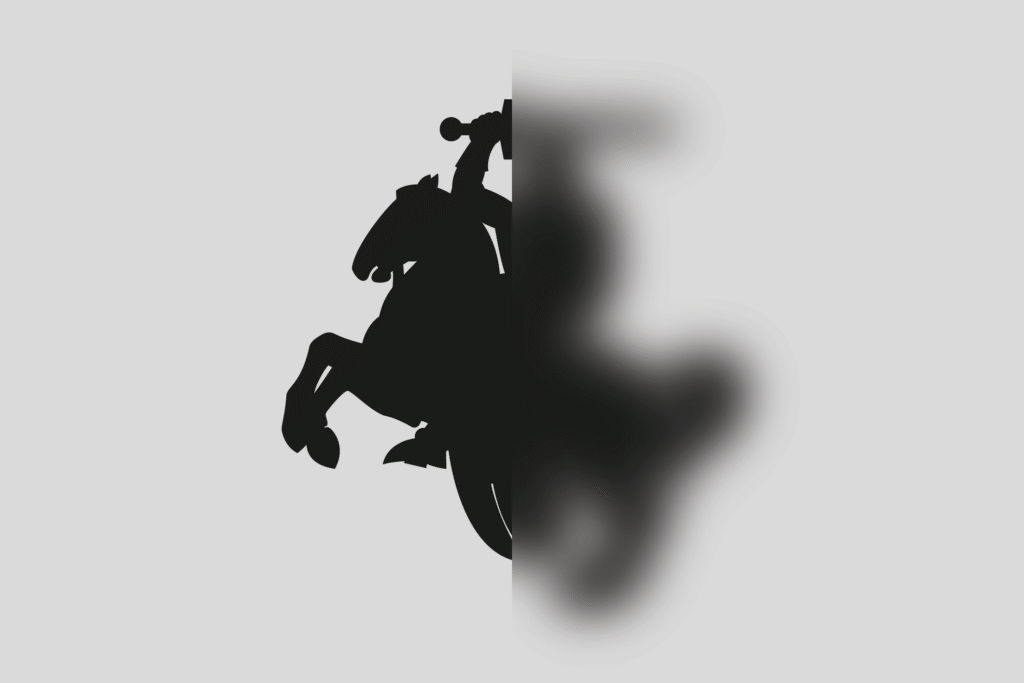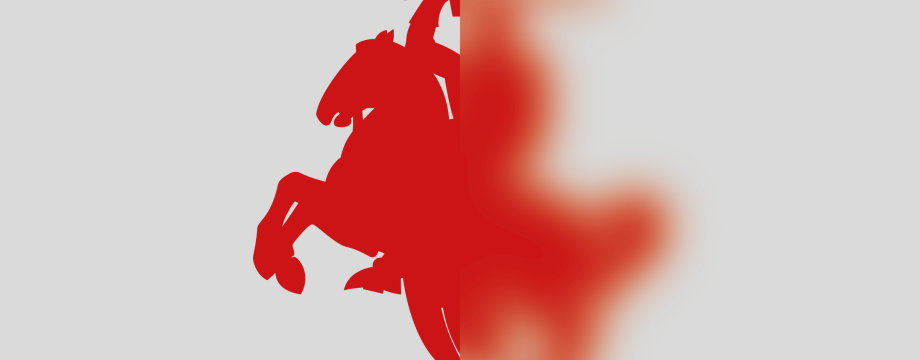
We present to your attention a study of the policies of the Belarusian authorities regarding the (de)construction of national historical memory in the educational sphere and the socio-cultural space of the country (2020–2024).
In this work, the author (who is anonymous for security reasons) describes the measures taken by the Belarusian authorities to destroy national symbols, rename state institutions, reshape the landscape, and install commemorative signs. One of the study’s objectives is to identify the reasons and patterns behind labeling certain works of Belarusian literature as “extremist.”
Particular attention is paid to the changes that occurred in the content of school and university history textbooks during 2020–2024. The research identifies patterns in the representation of the historical past in educational materials and traces the connection between these changes and the broader socio-political context.
The empirical basis of the study includes:
- normative and legal acts of the authorities of the Republic of Belarus;
- history textbooks for schools and universities;
- scholarly monographs and articles;
- results of monitoring open sources (media, social media pages of the Prosecutor’s Office, the Ministry of Internal Affairs, other security agencies, educational institutions, etc.).
This extensive text does not answer all questions but undoubtedly represents a rich collection of facts, testimonies, and evidence of the actions of the Belarusian authorities–largely influenced by the tendencies of the so-called “Russian World”–aimed at distorting the perception of national symbols and the historical memory of Belarusians. The study also provides recommendations on how cultural and educational initiatives can resist the systematic efforts of the Lukashenka regime to erase the national memory of Belarusians and deprive the nation of its cultural identity.
The research was conducted in the spring of 2025 at the request of the Belarusian Council for Culture and was partially funded by the Danish Cultural Institute.
Main Conclusions (expand)
- Poland has been designated as the primary geopolitical enemy by Belarus’s current leadership. This is not only due to Poland’s support for opponents of the illegitimate regime, but also to an effort to detach Belarusian history from its European context. Pro-government historians no longer consider it necessary to distinguish the history of the Polish-Lithuanian Commonwealth as a distinct period. The Second Polish Republic is depicted in an exclusively negative light. There have been documented cases of state-led vandalism targeting memorial sites of the Polish Army (Wojsko Polskie) and the Home Army (Armia Krajowa) soldiers. Society is being conditioned to focus on dates that emphasize conflict with the “Polish world”. September 17, 1939, was established as the Day of National Unity. Meanwhile, the Russian side suggests celebrating Belarus-Russia unity on October 24, 1795, the date of the Third Partition of the Polish-Lithuanian Commonwealth.
- As a result of the Russification of Belarus’s historical space after 2020, the 19th century has suffered the most. The reasoning is clear—the authors of the revised textbooks aim to prove that Belarusians lived better under the Russian Empire and that anti-Russian uprisings undermine this narrative. Graduates of modern schools and universities are often unaware of their ancestors’ persistent anti-Russian resistance, which manifested not only in uprisings but also in preserving their identity through faith, education, and a deep interest in historical heritage.
- Some names provoke outright fear in the (anti-)Belarusian authorities. These figures are erased from maps, removed from textbooks, and their memorials are desecrated. The most severe attack targeted the representation of Kastus Kalinowski, leader of the national liberation uprising, and Vatslaw Lastowski, a key figure of the Belarusian National Revival. The best way to honour these heroes is by organizing conferences, competitions, historical quests, and excursions to study and popularize their contributions.


